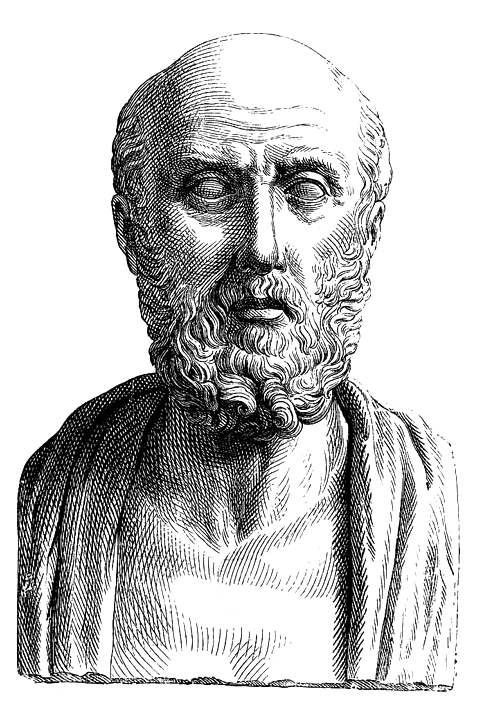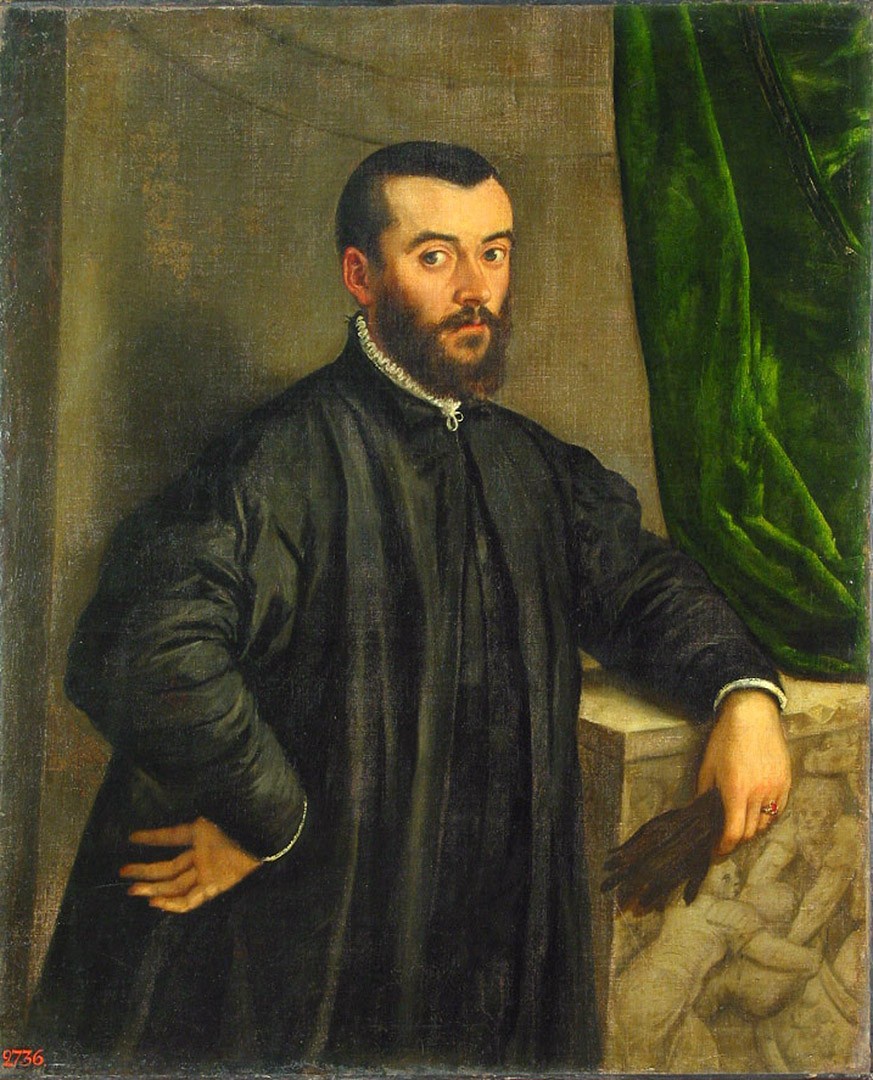Sudden cardiac death historical perspective
|
Sudden cardiac death Microchapters |
|
Diagnosis |
|---|
|
Sudden cardiac death historical perspective On the Web |
|
American Roentgen Ray Society Images of Sudden cardiac death historical perspective |
|
Risk calculators and risk factors for Sudden cardiac death historical perspective |
Editor-In-Chief: C. Michael Gibson, M.S., M.D. [1] Associate Editor(s)-in-Chief: Sara Zand, M.D.[2] Edzel Lorraine Co, DMD, MD[3]
Overview
Sudden cardiac death (SCD) was initially described by Hippocrates, the founder of modern medicine. MacWilliam proposed the concept that SCD in human beings is due to ventricular fibrillation (VF) more than 120 years ago, during the time when the electrocardiogram was not yet invented.[1]
The concept of evolutions on how the relationship of SCD and VF was established, the development of defibrillators was achieved, and cardiopulmonary resuscitation (CPR) methods were practiced, can provide a better description of how SCD evolved through time. [1]
Discovery
- The importance of VF became clear after decades of exploring the scientific explanation for sudden cardiac death.
Landmark Events in the Development of Treatment Strategies
- Below is a table that summarizes the historical events on how sudden cardiac death became clear.
| Name | Image | Description |
|---|---|---|
| John A. MacWilliam |  (Image courtesy of Wikipedia) |
|
| Hippocrates |  (Image courtesy of Wikipedia) |
|
| Lyman Brewer | ||
| Vesalius |  (Image courtesy of Wikipedia) |
|
| John Erichsen |  (Image courtesy of Wikipedia) |
|
| Carl Ludwig and M Hoffa |  (Image courtesy of Wikipedia) |
|
| Ziemssen |
Development of Defibrillators
| Name | Image | Description |
|---|---|---|
| Jean Luis Prevost and Frederic Battelli |
| |
| William Kouwenhoven and Guy Knickerbocker |  (Image courtesy of Wikipedia) |
|
| Albert Hyman and C. Henry Hyman |
| |
| Claude Beck |  (Image courtesy of Wikipedia) |
|
| Eskin and Klimov |
| |
| Bernard Lown and Barouh Berkovits |  (Image courtesy of Wikipedia) |
|
| McNeilly and Pemberton |
| |
| Stephen Heilman and Michel Mirowski |
| |
| Morton Mower |
| |
| John Schuder |
|
References
- ↑ 1.0 1.1 1.2 Abhilash SP, Namboodiri N (2014). "Sudden cardiac death--historical perspectives". Indian Heart J. 66 Suppl 1 (Suppl 1): S4–9. doi:10.1016/j.ihj.2014.01.002. PMC 4237290. PMID 24568828.